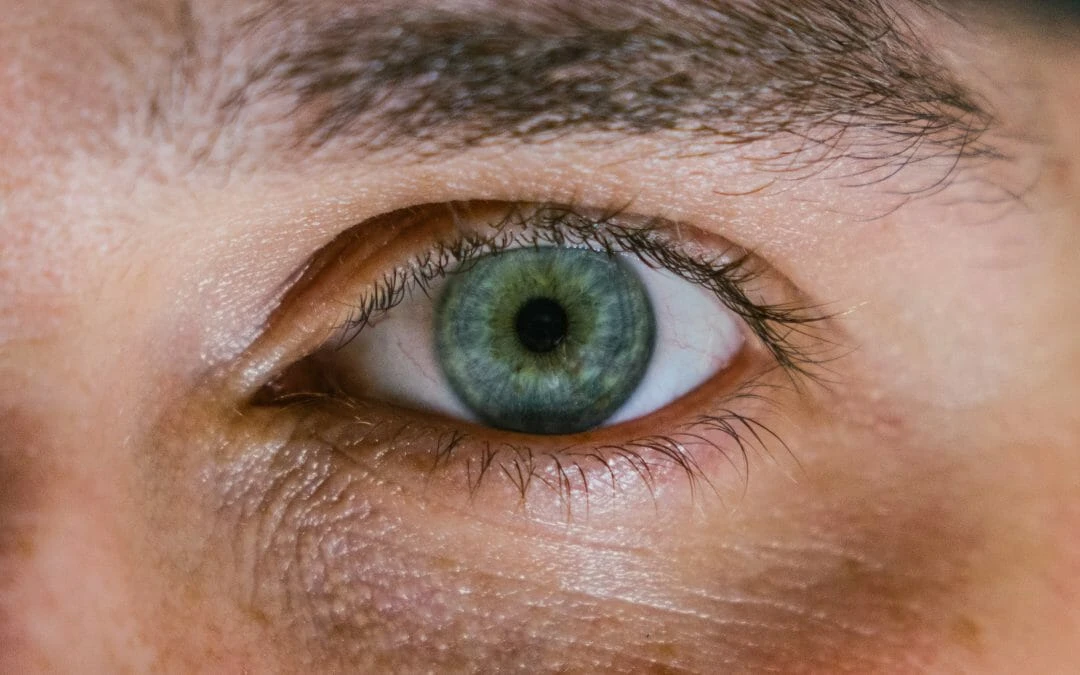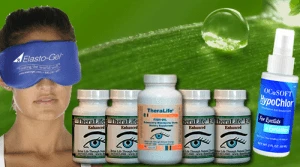Ectropion is where the lower eyelid droops away from the eye and turns outwards. It is an outward turning of the eyelid margin – mainly affects the lower eyelid and can happen in one or both eyes.
It occurs when muscle tension around the eyelid decreases, and the eyelid pulls away from your eyes. It can also be termed inverted eyelids.
It can also cause irritation on the delicate eye surface.
Ectropia is most prevalent under eyelids. Occasionally, the lower eyelid has to turn. Symptoms of Ectropiosis are found on a small section of the eyelid.
Age is an indicator of higher risk in older people.
Don’t worry if you notice ‘droopy eyelids’ as this condition can be treated
As we get older our eye muscles weaken. Often ectropion occurs due to droopy eyelids.
When you were younger it was possible to have difficulty concentrating and seeing, reading, driving or socially interacting with friends can be dull unless the eyes feel uncomfortable. Fortunately ectropion has gotten effective treatment.
If you experience any of these symptoms, seek medical care immediately:
- Severe eye pain or soreness
- Red eyes and discharge
- Swollen eyelids
- Increasing sensitivity to light
What Are the Causes of Eyelid Ectropion?
You may develop ectropion if your eyelids lose elasticity with age.
- A tumor of the face can paralyze your eyelids or weaken your eyelids.
- Trauma: After surgery the eyelid is likely to be affected.
- Genetics: Some conditions including Down syndrome may be related to Ectropion, but this may occur in small doses.
Less common causes of ectropion include:
- A problem with the nerves that control the eyelid – this is often seen in a type of facial paralysis called Bell’s palsy
- a lump, cyst or tumour on the eyelid
- damage to the skin around the eyelid as a result of an injury, a burn ,
- a skin condition such as contact dermatitis , or
- previous surgery.
Facial nerves paralysis that affects eyelid muscles can lead to ectropion. Scars or previous surgeries. Skin that has been damaged by burns or trauma, such as a dog bite, can affect the way that your eyelid rests against your eye. Previous eyelid surgery (blepharoplasty) can cause ectropion, particularly if a considerable amount of skin was removed from the eyelid.
Eyelid ectropion tends to get worse over time. The majority of people will need surgery.
Who is at risk for ectropion?
Age increases the risk that you develop ectropia.
Depending on the severity of your child’s ectropion, your child might develop a more frequent ectropion. These include Down syndrome.
Ectropion is more common in older adults, and it generally affects only the lower eyelid.
The following factors can increase your risk of developing eyelid ectropion:
Aging Eyelid surgery Skin diseases that affect your eyelid Repeat eyelid pulling or rubbing Using a specific type of eye drops.
Severe ectropion may require an operation to correct the problem.
What Are the Symptoms of Eyelid Ectropion?
The resulting signs and symptoms can include:
- Watery eyes (excessive tearing). Without proper drainage, your tears may pool and constantly flow over your eyelids.
- Dry eyes – Excessive dryness. Ectropion can cause your eyes to feel dry, gritty and sandy. Irritation.
- Stagnant tears or dryness can irritate your eyes, causing a burning sensation and redness in your
When the lower lid turns outward, it affects the way tears drain. This can result in a variety of symptoms, including: excessive tearing excessive dryness irritation burning redness chronic conjunctivitis (inflammation also known as “pink eye”) If you have symptoms of ectropion, you need prompt medical care.
What Are the Complications of Eyelid Ectropion?
Infections
The most commonly occurring complications in the cornea are ectropionic infections. Unless the cornea is damaged, it will not be visible to others. This may damage your sight and requires urgent medical attention.
Watery eyes
If your ectropion causes watery eyes, when wiping your eyelids do it in a direction up and in (towards the nose). This prevents you from pulling the eyelid downward and making the ectropion worse.
corneal ulcer
If ectropion is severe and not treated, it’s possible to develop a corneal ulcer (a sore on the eye’s surface) that could affect your vision. But this is rare.
How is ectropion diagnosed?
If you need eye care, you may have your health history checked by an eye doctor. It includes eye exams. Generally, ectropia can be diagnosed through eye examinations only by the doctor’ s eye unless otherwise specified.
Your provider will also check your: Eyelid laxity, or lower eyelid sagging Facial shape and architecture.
Ectropion Treatment depends on its severity and the underlying cause. If it’s mild, it may not need any treatment. If ectropion is causing minor problems, a GP or eye specialist can advise you about ways to relieve your symptoms and look after your eyes at home.
Ectropion surgery
Ectropion surgery can be both safely and efficiently performed. However the ectropiosis can return and surgery might require repeated procedures.
The correcting of ectropion requires many methods. The eye doctor can determine what procedure is best suited for the individual if the cause of your ectropion is not well established. Eptropion due to ageing. The procedure involves removing a small section on the upper lip for tightening muscles and tendons of the lid. Ectropiosis due to invasive surgeries. It consists of grafting.
Your surgeon may need to remove a small section of your eyelid where the tissues have slackened most. If the problem is caused by tight skin or scar tissue, your surgeon may need to use a skin graft.
If your ectropion is due to scar tissue or insufficient eyelid skin, you may need a skin graft (skin transplant). Your doctor will take skin from behind your ear or from your upper eyelid and attach it to your lower lid. If you previously had facial paralysis or a lot of scarring, it may take multiple surgeries to get the best result and fully resolve the problem.
Ectropion and dry eyes
Ectropion is a common cause for chronic dry eyes. Treat your dry eyes with TheraLife for complete recovery.
References
Ectropion Lower Eyelid Reconstruction Guthrie AJ, Kadakia P, Rosenberg J ; Eyelid Malposition Repair: A Review of the Literature and Current Techniques. Semin Plast Surg. 2019 May33(2):92-102. doi: 10.1055/s-0039-1685473.





